Introduction and General Data
Tuberculosis is an infection caused by Mycobacterium tuberculosis. The infection is transmitted by droplets of saliva. This infection mostly affects the lungs. However other organs may be affected as well and including kidneys, brain, and bones.
In the beginning the disease is generally asymptomatic. In time the patient starts to complain about the evident symptoms and signs of the disease which include constant cough, loss of weight, and night sweats. The sputum contains blood.

The immune system may react to the bacteria differently. In the majority of patients, our immune system kills the bacteria. It can happen that bacteria cannot be killed but are surrounded by inflammatory cells. This way the bacteria are neither dead but are also incapable to cause the disease. This type of tuberculosis is latent tuberculosis.
The bacteria can, however, be activated in case the immune system weakens. And this type is actually an active form of the same disease present with all the symptoms and signs.
Complications of Tuberculosis
The bacteria can in time become resistant to the administered antibiotics. Fortunately, Mycobacterium tuberculosis usually develops resistance to only one type of antibiotic and this antibiotic is replaced with another one.
In case that bacterium develops resistance to two or more antibiotics the situation worsens. In these patients, the treatment is rather long and lasts between eighteen months and two years. During that period several combinations of antibiotics are used.
One of the complications can be permanent damage to the lungs. The patient will suffer from difficulties with breathing and this complication is present in neglected cases. Pneumothorax and pleural effusion are additional complications that can affect the lungs.
Bones can be affected by bacteria as well. The bone tissue is destroyed and the patient complains about intensive pain. Apart from bones, joints can be affected as well.
In case the infection spreads onto the brain membranes tuberculous meningitis develops.
The kidneys can be affected by the bacteria as well and this is also one of the possible complications.
The worst possible complication is miliary tuberculosis which is the result of the generalized spread of the infection.
- Physicians conducted the interviews using a structured questionnaire. Information from the medical reports available at health care centers (especial results of sputum microscopy, radiological and other investigations) was also distracted.
- Patients is said to be infected with TB having a minimum two initial +ve sputum smears or one +ve sputum smear and chest radiographic abnormalities along with active pulmonary TB as determined by clinician; one sputum +ve culture specimen +ve for Mycobacterium tuberculosis.
- High resolution computed tomography (HRCT), a new susceptible technique shows erratically disseminated military nodules. The organs associated and extents of lesions of miliary TB in the pulmonary tuberculosis are examined by ultrasonography, computed tomography (CT) and magnetic resonance imaging (MRI).
- Histopathological examination of tissue biopsy is a conservative and fast technique for the separation of mycobacterium tuberculosis and assessment of choroid tubercles in fundus.
Prevention and the Outlook
The best protection from tuberculosis is vaccination. Still the vaccine is not given to all children but only to those who are at high risk of getting the infection.
The people who are exposed to the bacteria are supposed to be vaccinated as well. They include medical workers, those who have been in contact with the infected people, and those who are planning to go to foreign countries where tuberculosis is endemic.


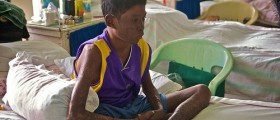
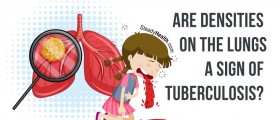

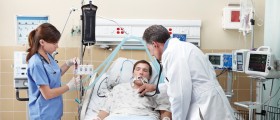
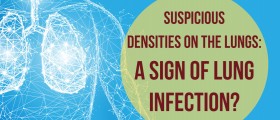


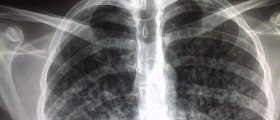
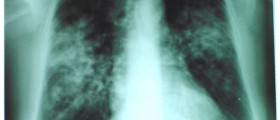






Your thoughts on this
Loading...